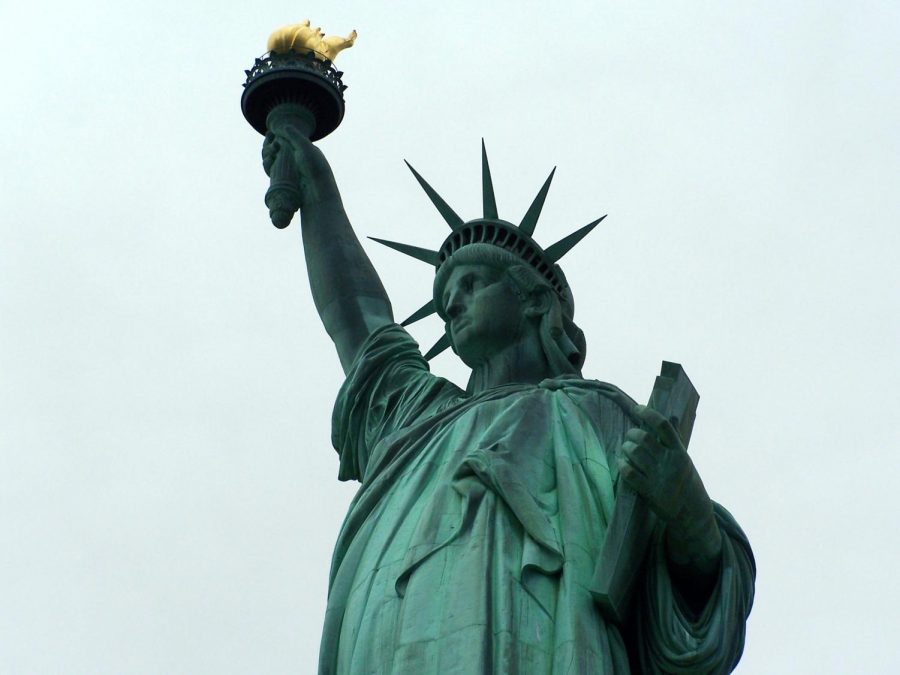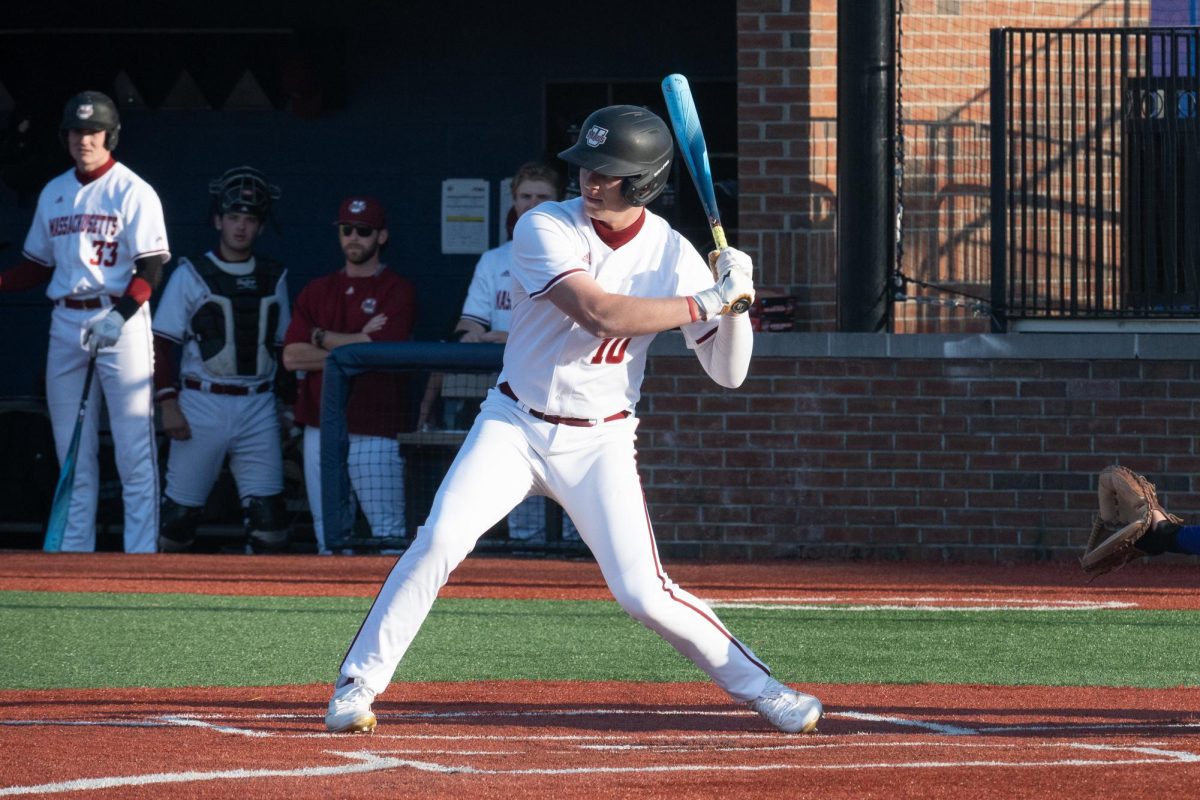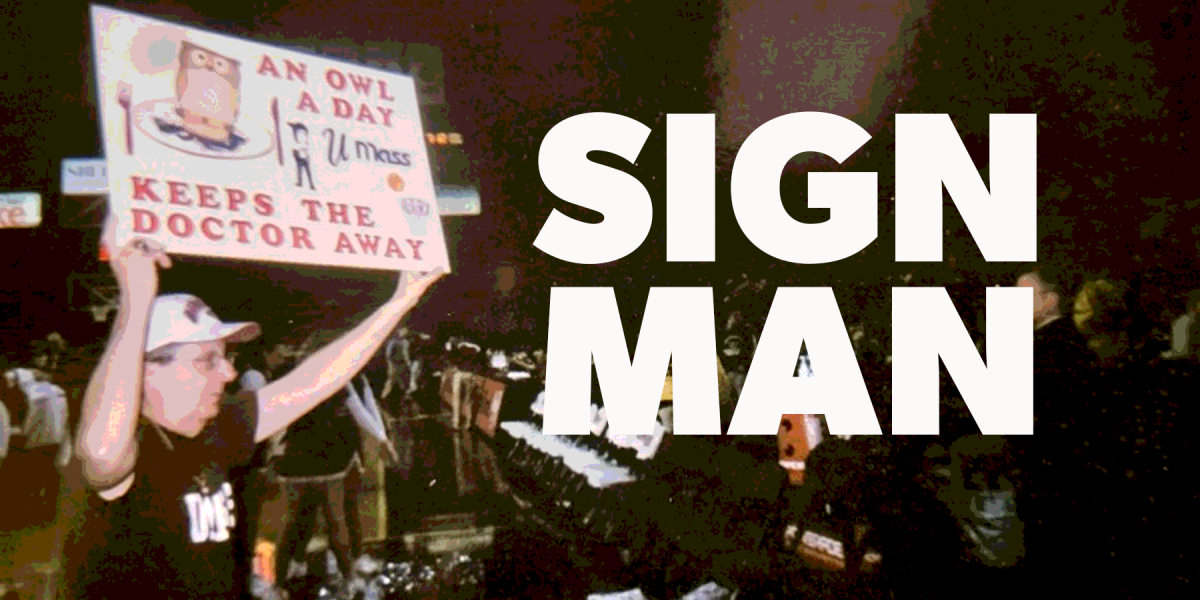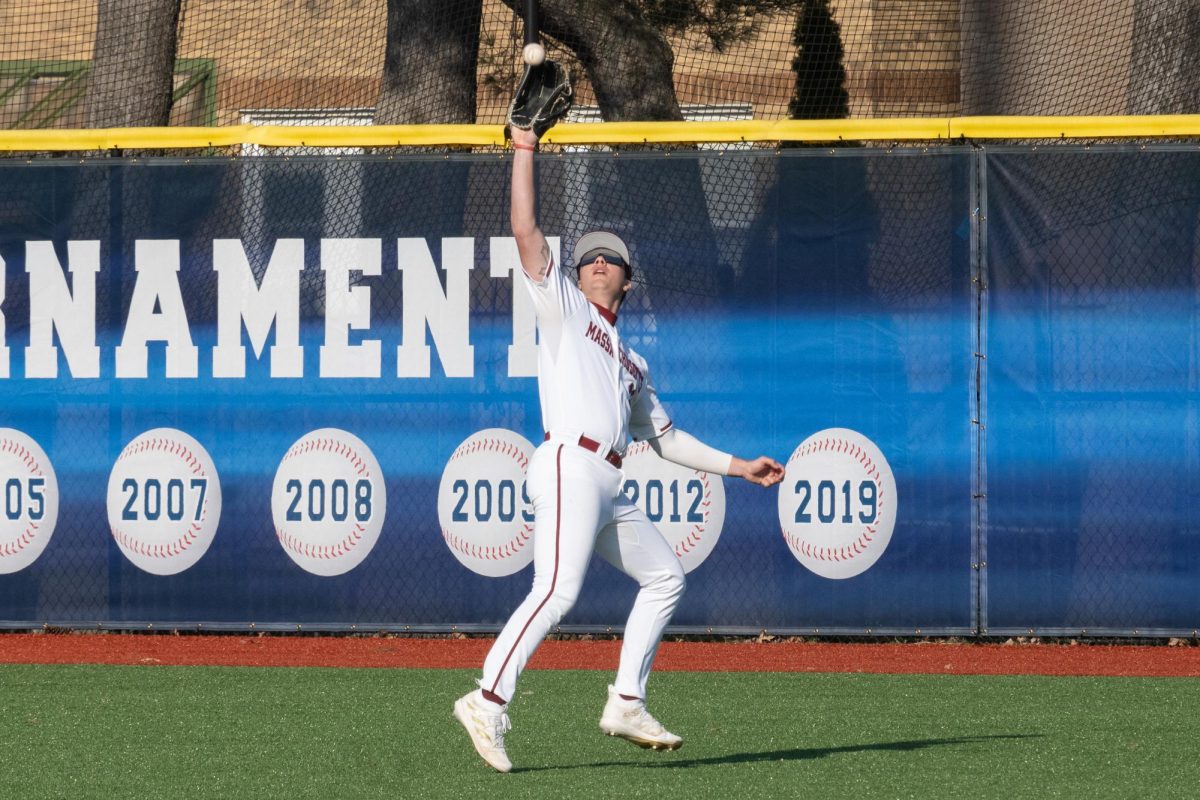Every family carries a legacy. When a new child is born, the family that it is born (or perhaps later adopted) into acts as a microcosm of various social alignments found in wider demographics — be them religious, national, ethnic or communal. Once children enter that social contract with the family, they become indoctrinated into the folklore attached to it.
Inter-familial relationships, be they the deference to elders or the companionship/rivalry of siblings and cousins, inform the child’s understanding of communication between genders and age groups, along with the expectations for social behavior attached to these dynamics. As the child grows and matures, they witness the family lore in action and model their behavior after it, performing these rituals without conscious knowledge. The family acts as a human being’s first folk group, and its importance lies in the way it solidifies important conceptions of socialization and behavioral patterns.
A perfect example of how various heritages come together to form a syncretic family folklore is from my own background — one shaped by Russian Jewish/Italian Catholic diasporic legacies. We see folklore’s presence right down to how names are changed to assimilate to the dominant cultural modes. My namesake, Nathan Taskin, isn’t really my namesake. At his birth, my great-grandfather was given the incredibly Yiddish given name of “Nosson” and incredibly Russian surname “Petashnick.”
Where did “Nathan Taskin” come from? Nowhere. The family name of “Taskin” is folkloric in the sense that no other Taskin family exists on the planet, because Taskin has no linguistic origin — it is simply an Anglicized version of the Russian “Petashnick,” and Nathan is the Christianized form of the way too Jewish “Nosson.” With a stroke of a pen at Ellis Island, the family narrative trajectory was forever altered in order to better assimilate into the Euro-Christian hegemony.
Central to family folklore (and folklore writ large) is the passing down of stories from one generation to another. The more extravagant the tale, the more likely that it will solidify itself in the family mythology. The veracity of the story, ultimately, is irrelevant. What is important is the symbolic resonance that the story has to the family that tells it.
Take, for example, the Attack of the Blue Jays. In the summer of 1963, when my mother and grandmother were out folding laundry, they unwittingly stumbled near a blue jay nest and, like an army of attack helicopters, a swarm of blue jays descended upon them with a seemingly never-ending barrage of pecks.
Ever since, the expression “blue jayed” has acted as sort of synecdoche on the maternal side of my family for any type of bad luck that befalls us. When my grandfather was diagnosed with terminal lung cancer, he memorably said, “Looks like this will be the blue jay to end all blue jays.”
These kinds of stories and sayings, although a reference to literal events, ultimately evolve into something greater than their literal meaning. The use of the term “blue jayed” acts as a sort of in-group signaling to other members of the family — a type of code for members of a secret society.
Similar to how different tribes of gorillas have unique signals in order to communicate with each other, these expressions act as a way for families to define their uniqueness in front of other families. A reference to a previous situation becomes a useful shorthand for current events, and ultimately strengthens the family’s heritage, bond and memory.
One family tradition of mine that builds off pre-existing cultural traditions is the “makeshift menorah.” Every year, my father would create a unique type of menorah made out of non-traditional materials. One year, it was a menorah made out of branches and twigs. Another year, it was made out of rolling papers. Last December, I decided to carry on the tradition by making a menorah out of my stapler.
These types of possessions, much like photographs, exist as part of a family’s material culture. Another example of material culture is the concept of memorabilia — objects passed down from generation to generation with value that only lies in the memories and stories associated with them. My cousin’s silver wedding ring is family memorabilia — worn long ago by our great-grandmother when she still lived in an old Eastern European shtetl outside of Odessa.
Part of its mythos is that no one is certain of its origins. The ring’s value does not lie in its exact financial worth (it’s probably intrinsically worthless by that criteria); its value lies in the meaning assigned to it. The ring has a great resonance to the family because it serves as a symbolic reminder of our roots and exists as a type of tangible memory. It is “one of a kind” because the family narrative has assigned it so. If this history did not come attached to the ring, then it would be just like any other. These memorials act as windows into the past that inform the present. You can take the ring out of the shtetl, but you can’t the shtetl out of the ring.
The dynamics of family folklore are in constant flux. Each new addition to the family — through birth, adoption or marriage — creates a new folkloric node. When a couple marries, for example, this union combines and harmonizes the customs and traditions of both families that each member is a part of and creates a new narrative informed by the old ones.
This cycle continues each time a new family member is introduced, and only serves to make the family lore richer. I look forward to seeing how my children will combine my legacy with the other side of their families, forge new folklore and contribute to the collective family mythology.
Nate Taskin can be reached at [email protected] and followed on Twitter @nate_taskin.





















Brian G. Andersson • Apr 10, 2018 at 10:52 am
Hi Nate – hate to disappoint, but no one’s name was ever changed at Ellis Island. It is one of the greatest historical myths. I am a genealogist and former Commissioner of NYC’s Dept. of Records. The immigrants themselves changed their names for a variety of reasons, most often to simplify a spelling and/or to make it more “American.” Nosson Petashnick’s name is most probably correctly listed on the passenger list of his arrival, unless he travelled under a different version of that name.
But, be assured by an expert, no stroke of a pen – except Nosson’s own – changed the family name.
Regards,
Brian G. Andersson
New York City